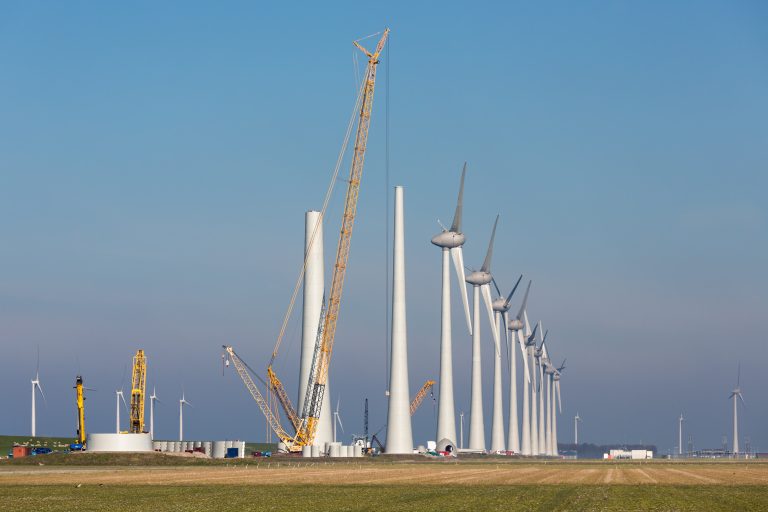Unnecessary DAPL Litigation Continues
On March 18, federal judge James Boasberg of the U.S. District Court for the District of Columbia announced that he intends to move quickly on whether to pause the operation of the Dakota Access pipeline (DAPL) that crosses the a section of the Missouri River. DAPL has been operating since 2017 yet still suffers from needless and duplicative litigation.
The Standing Rock Sioux tribe, represented by Earthjustice attorney Jan Hasselman, is challenging the Army Corps of Engineers’ revised environmental and cultural impact assessment of the Dakota Access pipeline. It is important to remember that two years ago, Judge Boasberg tossed the original environmental and cultural assessment from the Army Corps, resulting in the agency having to produce a second. Now, environmental activists are litigating against the second iteration of the document while calling for the pipeline to be shut down.
Attorneys for the Army Corps have held their ground in the case, noting that the analysis was “wholly proper” and tailored in response to Boasberg’s order for a revised assessment.
This courtroom back and forth further highlights the need for reforms to the National Environmental Policy Act (NEPA) as recently outlined by the White House’s Council on Environmental Quality. As GAIN showcased, NEPA has ballooned into a regulatory nightmare that adds years to projects’ timelines and strains private capital. The regulation has also become a hotbed for baseless courtroom fights that further delays projects.
The Dakota Access pipeline underwent regulatory scrutiny from the appropriate state authorities as well as federal pipeline regulators. As a result, it has been operating safely for over two years.
Rather than re-litigating the pipeline, it is time we invest in optimization of the pipeline – which would nearly double the pipeline’s capacity without requiring any mainline construction.
With the country at need for shovel ready jobs like Dakota Access Optimization, it is more important than ever that decision makers acknowledge the merits and value of American energy.

